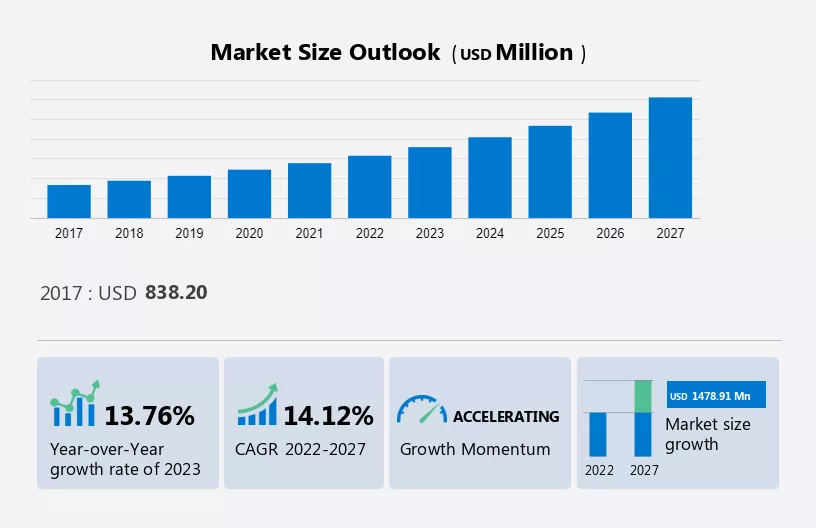What is Frozen Foods?
 June 17 2025
June 17 2025

Current Frozen Food Market in India: India is currently the fastest growing economy in the world. With a population of over 1 billion, India has a large population and is expected to grow by 500 million people by 2050. The rapid growth in population and increased purchasing power of consumers is driving the demand for frozen food products. The Frozen Food market in India has been growing at a steady pace. The IMARC has surveyed the Frozen Food market in India and the report projects the value will reach around INR 306.61 billion by 2027. The growth rate of the frozen food market is estimated to increase by CAGR of 16.2% between 2022 and 2027. The growth of the market contributes to the convenience offered by frozen food items which include non-requirement of additional preparation or culinary expertise. Frozen food has evolved from occasional party snacks to day-to-day meals for people of all ages to relish. According to a report by the National Sample Survey Office (NSSO), the Indian consumer is increasingly buying frozen fruits, vegetables, and meat. The Indian market for frozen foods has been thriving since its inception in the mid-19th century. With its vast population and growing middle class, India has become a major player in the global marketplace for frozen foods. The country currently accounts for about 8% of total world trade volume for frozen foods, with annual exports valued at about $750 million per year; however, this figure is expected to grow exponentially over the next decade as demand increases dramatically from traditional consumers as well as younger generations who are beginning to embrace healthier eating habits. Major Market Drivers of Frozen Foods: The major factor that drives the increasing trend of frozen food market is its availability, consumer’s lifestyle, growing e-commerce sector, Convenience, affordability, and longer shelf life are some of the major reasons why more and more people are opting for frozen food products. In this blog post, we will discuss the major drivers of frozen food in India and why it is becoming a popular choice among consumers. 1) Convenience: One of the main reasons why frozen food is becoming popular in India is because of its convenience. With busy lifestyles and lack of time for cooking, frozen food provides an easy and quick solution for a meal. It saves time and effort in preparing a meal from scratch. Frozen food can be easily stored and used at any time, making it a perfect choice for people who have a busy schedule. 2) Longer Shelf Life: Another major driver of frozen food in India is its longer shelf life. Unlike fresh food, frozen food can be stored for a longer period of time without getting spoiled. This makes it easier for consumers to stock up on their favorite frozen food products and use them whenever they need them. Moreover, frozen food can be easily transported without the risk of getting spoiled, making it a popular choice for people who live in remote areas. 3) Variety: Frozen food industry in India offers a wide range of products to choose from. Consumers can find frozen fruits, vegetables, meat, seafood, and ready-to-eat meals in the market. This variety of options allows consumers to choose the products that suit their taste and preferences. Moreover, frozen food products are available year-round, regardless of the season or availability of fresh produce. 4) Affordability: Frozen food is more affordable than fresh food in India. Due to the high demand for fresh produce, the prices of fresh fruits and vegetables are often high. In contrast, frozen food products are available at a lower price point, making it an affordable option for consumers. This makes frozen food a popular choice for people who are on a tight budget. 5) Availability: The frozen foods are available all year round across supermarket, hypermarkets, departmental stores, provision stores, etc. 6) The escalated hectic lifestyle of the consumers make them prefer frozen foods like ready to eat & ready to cook which reduces their kitchen time drastically. 7) The other factor that majorly influences the frozen food market is the booming of e-Commerce sector. The evolving of online retail platforms has created many convenience to consumers such as convenience of shopping at home, easy searching of the products, and customized offer on the products. Challenges in Frozen Food Market: The key challenge in Frozen Food Market is the distribution and cold storage of the frozen products. The retailers & distributors greatly rely on Cold chain logistics providers to ensure proper storage and distribution of frozen products. Frozen food distribution is a complex process that requires a lot of attention to detail and careful planning. It's not just a matter of packing food in a box and shipping it out. There are a number of challenges that need to be overcome to ensure that the food arrives at its destination in the same condition it was in when it left the warehouse. The first challenge in frozen food distribution is maintaining the proper temperature. This means that the temperature needs to be monitored constantly during transportation. If the temperature rises above 0°F, the food can spoil, which can lead to foodborne illnesses and a loss of revenue for the distributor. To address this challenge, distributors need to invest in high-quality refrigeration systems and ensure that they are properly maintained and monitored. Conclusion: Frozen food industry in India has become an important part of the food industry. The major drivers of frozen food in India are convenience, longer shelf life, variety, and affordability. These factors have made frozen food a popular choice among consumers who are looking for a quick, easy, and affordable meal. If you haven't tried frozen food yet, it is worth giving it a try. With a wide range of options available, you are sure to find a frozen food product that suits your taste and preferences.

 June 17 2025
June 17 2025
